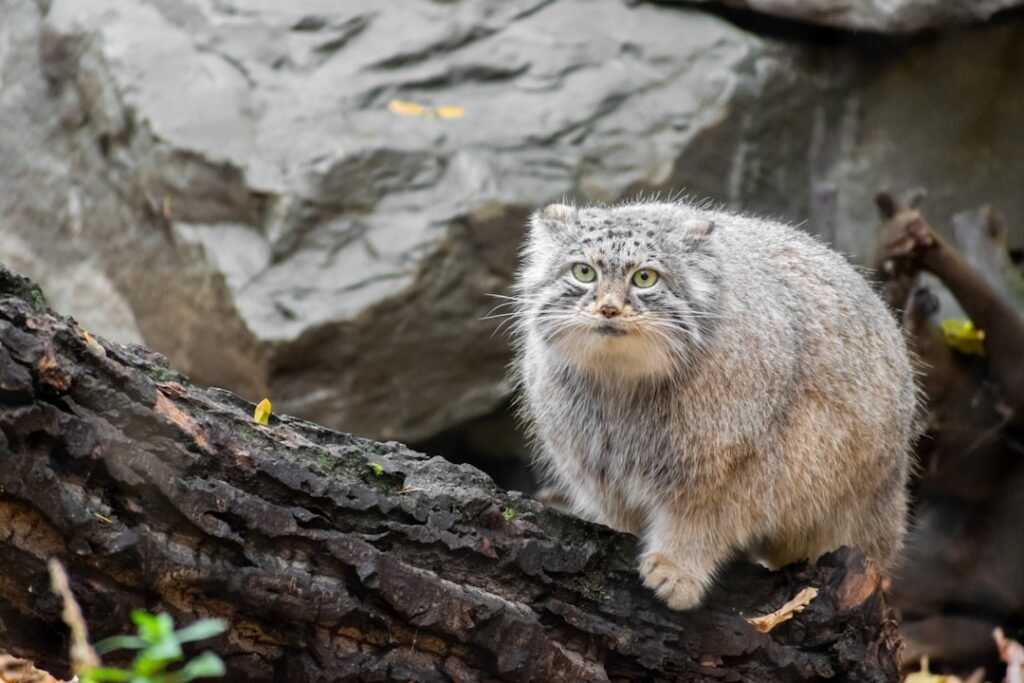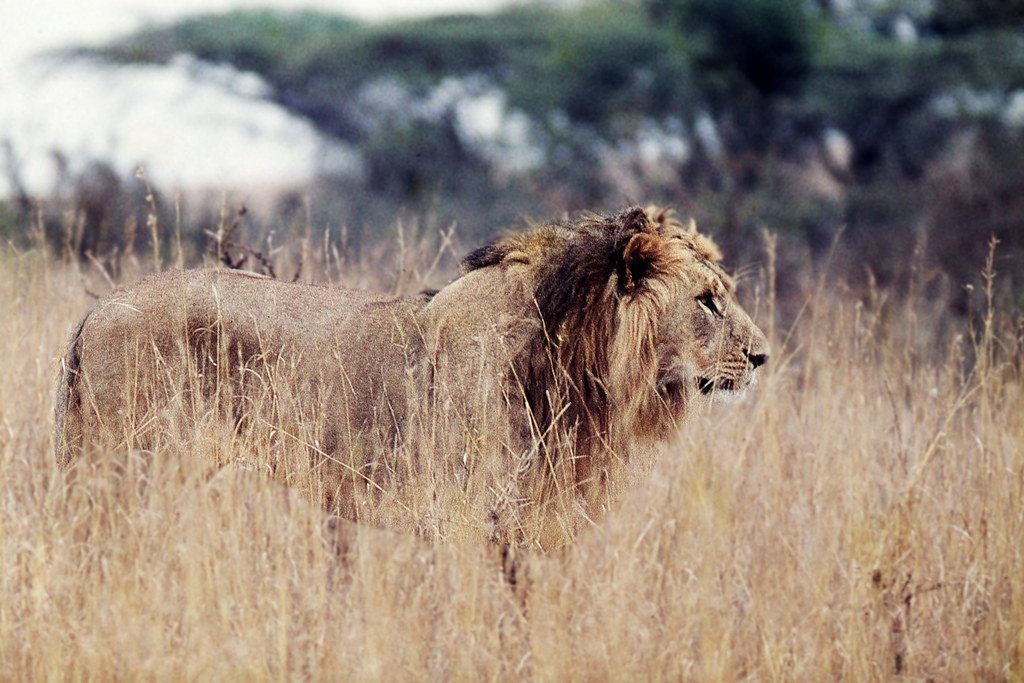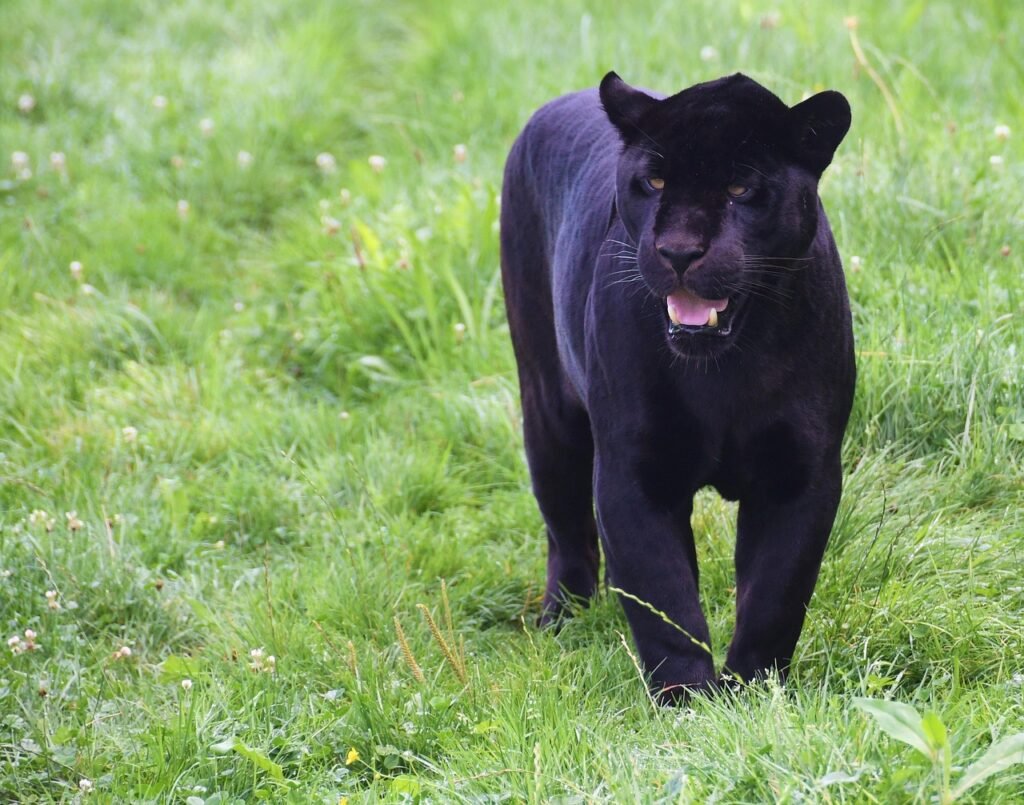Picture this: somewhere in the remote mountains of South America or hidden within the dense rainforests of Borneo, mysterious felines move through shadows like ghosts. These aren’t the lions, tigers, or leopards that dominate nature documentaries. Instead, they’re some of the world’s most elusive wild cats, creatures so secretive and rare that even seasoned wildlife researchers consider themselves lucky to catch a glimpse.
You might think you know wild cats, especially if you’re a fan of these magnificent predators. Yet beyond the famous big cats lies an extraordinary world of small, shadowy hunters that remain largely unknown to science. Some are so elusive that they were once thought extinct, only to reappear decades later in grainy camera trap footage. Others live in such remote locations that researchers have managed to capture just a handful of photographs in their entire careers. Ready to meet these mysterious felines that most people will never encounter in the wild?
The Borneo Bay Cat: The Ghost of the Rainforest

Deep in the rainforests of Borneo lives what might be the world’s most mysterious cat. Rare, elusive, and endangered by habitat loss, the bay cat is one of the world’s least studied wild cats. Several specimens of the cat were collected in the 19th and 20th Century, but a living cat wasn’t even photographed until 1998. Now, researchers in Sabah, Malaysian Borneo, have managed to capture the first film of the bay cat. This striking feline sports rust-red fur and weighs only about eight pounds, making it roughly the size of a house cat.
The holy grail of the wild cat world, the Borneo Bay cat is almost never seen. It is found only on the island of Borneo and apart from a handful of sightings, all records of Bay cat come from camera traps. Borneo’s bay cat is so elusive that it took over a century before researchers got a chance to study a live one in detail. Covered in striking, rust-red fur with white under the tail and face stripes, this cat was officially named in 1874 on the basis of a skull and torn skin sent to England by the famous naturalist Alfred Russel Wallace. Naturalists didn’t have a chance to study a live one until a bay cat was captured in 1992.
The Andean Mountain Cat: America’s Snow Leopard

The elusive Andean cat (Leopardus jacobita), which until the late 1990s was only known to scientists by a couple photographs, has been discovered beyond the Andes mountain range for which it is named. According to researchers, the wild Andean cat resembles Asia’s snow leopard, both in appearance and its habitat above altitudes of 3,000 meters (9,800 feet), only in this case the wild cat is about the size of a domesticated feline. Sometimes called the “ghost of the Andes,” this feline remains one of South America’s rarest and most enigmatic creatures.
Oreailurus jacobita is a very rare and elusive cat species. As of 2001, the population size of breeding O. jacobita was estimated to be below 2,500 animals and there are no known subpopulations with more than 250 mature individuals. Little is known about Andean cats. There have been only five reported observations of these animals in the wild. Only one animal has been held in captivity for one year, where it died. Their specialized diet of mountain chinchillas and viscachas, combined with their extreme habitat requirements, makes them incredibly difficult to study.
The Iriomote Cat: Japan’s Living Fossil

On a tiny Japanese island smaller than most cities, one of the world’s rarest cats clings to existence. The rarest cat in the world is the Iriomote Cat. A subspecies of the Leopard Cat, this cat lives only on the small and remote Japanese island of Irimote. There are thought to be as few as 100 left in the wild and the population continues to decline. This remarkable feline has adapted to life in a completely isolated environment, developing unique behaviors that set it apart from all other wild cats.
About the size of a domestic cat they have brown/grey fur interspersed with bands of dark spots and a fat stumpy tail. Their preferred habitat is the lower elevations of the island, amongst wetlands, rice paddies, small hills, and even beaches. Their diet is very varied and includes crabs, bats, and frogs, as well as the expected rodents and other small mammals. What makes the Iriomote cat particularly fascinating is its willingness to hunt in water and its surprisingly diverse diet, which includes marine creatures found along the island’s shores.
The Chinese Mountain Cat: The Mysterious Highland Hunter

The Chinese Mountain Cat is endemic to China and lives on the north-eastern edge of the Tibetan Plateau. Until 2007 when camera traps pictured a wild specimen, Chinese Mountain Cats were only known by the six individuals living in Chinese Zoos. This extraordinary fact highlights just how elusive this species truly is. For years, scientists questioned whether this cat even existed in the wild, relying solely on captive animals to understand the species.
The Chinese mountain cat inhabits some of the world’s most challenging terrain, living at elevations that would challenge most mammals. Its thick, long fur helps it survive brutal winters where temperatures can plummet far below freezing. The discovery of wild populations through camera traps represented a breakthrough moment in feline research, proving that even in our modern age, new populations of mammals can still surprise scientists. Their secretive nature and preference for remote highland areas mean that researchers still know very little about their hunting habits, social structure, or precise habitat requirements.
The Flat-Headed Cat: The Oddball of Southeast Asia

From certain angles, the flat-headed cat doesn’t look like a cat at all. In fact, it looks a lot more like a lemur, with its slender body and large, close-set eyes. It has a long, narrow head and flattened forehead. Found in the tropical rainforests and wetlands of Sumatra, Borneo and the Malaysian Peninsula, flat-headed cats prefer habitats that are close to water. This unusual appearance makes it one of the most distinctive small cats in the world.
The Flat-headed cat is another specimen on our list that is fond of fish. Unlike most cats that avoid water, the flat-headed cat is semi-aquatic and has developed partially webbed toes to help with swimming. Found only on the island of Borneo (an island divided up and owned by three different countries), this curious cat is a bit of a mystery. Due to its rareness and shy nature, not very much is known about it. It is very hard to find, much less to study. It is in fact so elusive that after its discovery it was lost to science for more than 60 years.
The Black-Footed Cat: Africa’s Tiny Terror

Don’t let the adorable appearance fool you. The black-footed cat weighs only four pounds. It’s almost impossibly cute. And while it’s found in arid regions of South Africa, Namibia and Botswana (all popular safari destinations), it is nocturnal and quite rare. Black-footed cats hit their targets 60 per cent of the time, making them the most successful feline hunters and second-most successful hunters of all mammals (following African wild dogs with an 85 per cent success rate). Compare this to their terrifying lion counterparts – the ultimate apex predators – which only have a 25 per cent hunting success rate. These nocturnal creatures make a hunting attempt every 30 minutes, and prey on Cape hares – which are heavier (and much larger) than they are.
Among the smallest cats in the world, the black-footed cats are the smallest in the African continent – and their only competitors in the tiny category are rusty-spotted cats, which are found in Asia. The black-footed cat is one of the rarest cats in the world. Despite their diminutive size, these cats are incredibly fierce and will defend themselves against much larger predators, including jackals. Their hunting success rate puts even the mighty lion to shame, making them arguably nature’s most efficient predator.
The Pallas’s Cat: The Grumpy Hermit

This rarely spotted, shy and secretive cat is mainly found in regions of central Asia, particularly Mongolia, China and the Tibetan Plateau. The Pallas’s cat has been photographed, though rarely due to its extraordinary ability for camouflage. It’s also known as the ‘rock wild cat’, thanks to its innate ability to blend in with rocky backdrops with its patchy grey coat, and flatten its body to look like a rock when it’s hunting. With its permanently grumpy expression and incredibly dense fur, the Pallas’s cat looks like nature’s version of a disgruntled old man.
Though the Pallas cat, or Manul, is about the same size as a house cat, its dense and fluffy fur makes it look incredibly round and stocky. Titled as the most expressive cat ever, Manul even stars in a couple of viral memes. Their extremely thick coat helps them survive in some of the world’s harshest climates, where winter temperatures can drop to minus forty degrees Fahrenheit. What makes them particularly elusive is their remarkable camouflage ability, allowing them to disappear completely against rocky backgrounds by simply flattening their bodies.
The Sand Cat: The Desert Phantom

This timid cat is perfectly adapted to live in the deserts of Africa and Asia. The sand cat can live without water and endure the very harsh temperatures of the deserts by hiding in burrows during the daytime and hunting after dark. Another cat that ranks high on the cuteness scale, the sand cat lives in the Saharan and Middle Eastern deserts. According to ISEC, sand cats weigh three to eight pounds and have thick fur, including on the bottoms of their paws to protect them from the heat. Their furry paws work like natural snowshoes, allowing them to walk on burning hot sand without injury.
These remarkable cats have evolved to survive in environments that would kill most mammals within hours. They can obtain all their water needs from their prey and can survive temperatures that fluctuate from scorching hot during the day to freezing cold at night. Competition for resources, habitat loss and illegal capturing and selling makes the already rare cat even lower in numbers. Their nocturnal lifestyle and preference for remote desert locations make them incredibly difficult to study, and many researchers spend years in the field without ever seeing one.
Conclusion

These eight elusive wild cats represent some of nature’s most secretive and remarkable predators. From the camera-shy bay cat of Borneo to the desert-dwelling sand cat that can survive without water, each species has evolved incredible adaptations that allow them to thrive in some of Earth’s most challenging environments. What makes them truly special isn’t just their rarity, but their ability to remain hidden in plain sight, living parallel lives to humans while staying completely out of view.
The fact that some of these cats weren’t even photographed until recent decades shows just how much we still don’t know about our planet’s biodiversity. In an age where it seems like everything has been discovered, these mysterious felines remind us that nature still holds countless secrets. Their elusive nature serves as both their protection and their vulnerability, as habitat destruction threatens species we barely understand.
What fascinates you most about these secretive cats? Tell us in the comments which one surprised you the most.

Hi, I’m Andrew, and I come from India. Experienced content specialist with a passion for writing. My forte includes health and wellness, Travel, Animals, and Nature. A nature nomad, I am obsessed with mountains and love high-altitude trekking. I have been on several Himalayan treks in India including the Everest Base Camp in Nepal, a profound experience.




